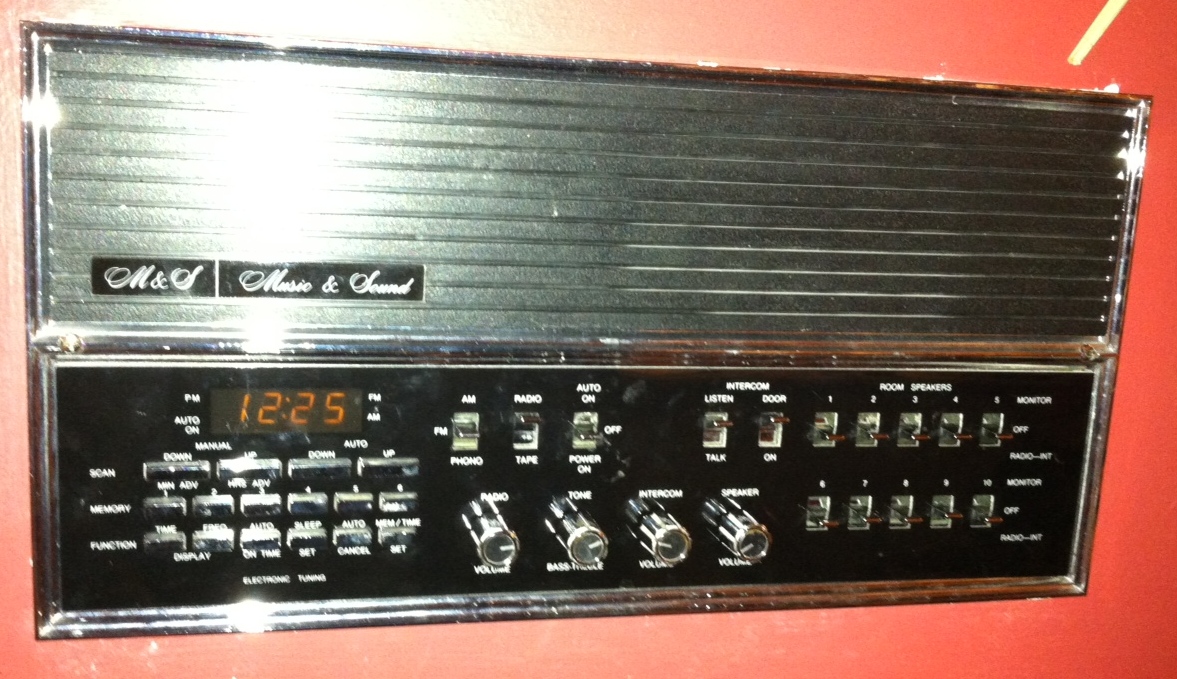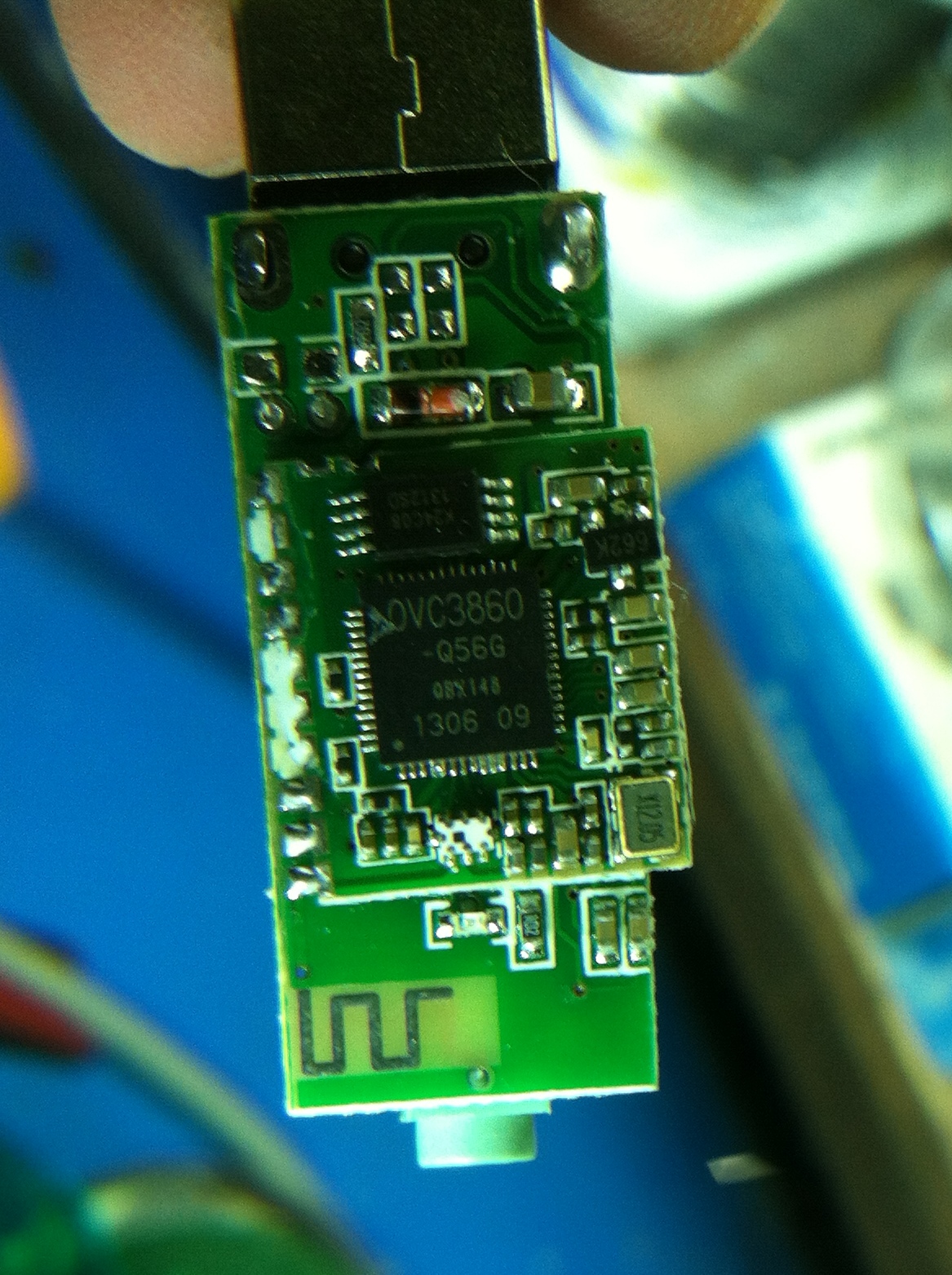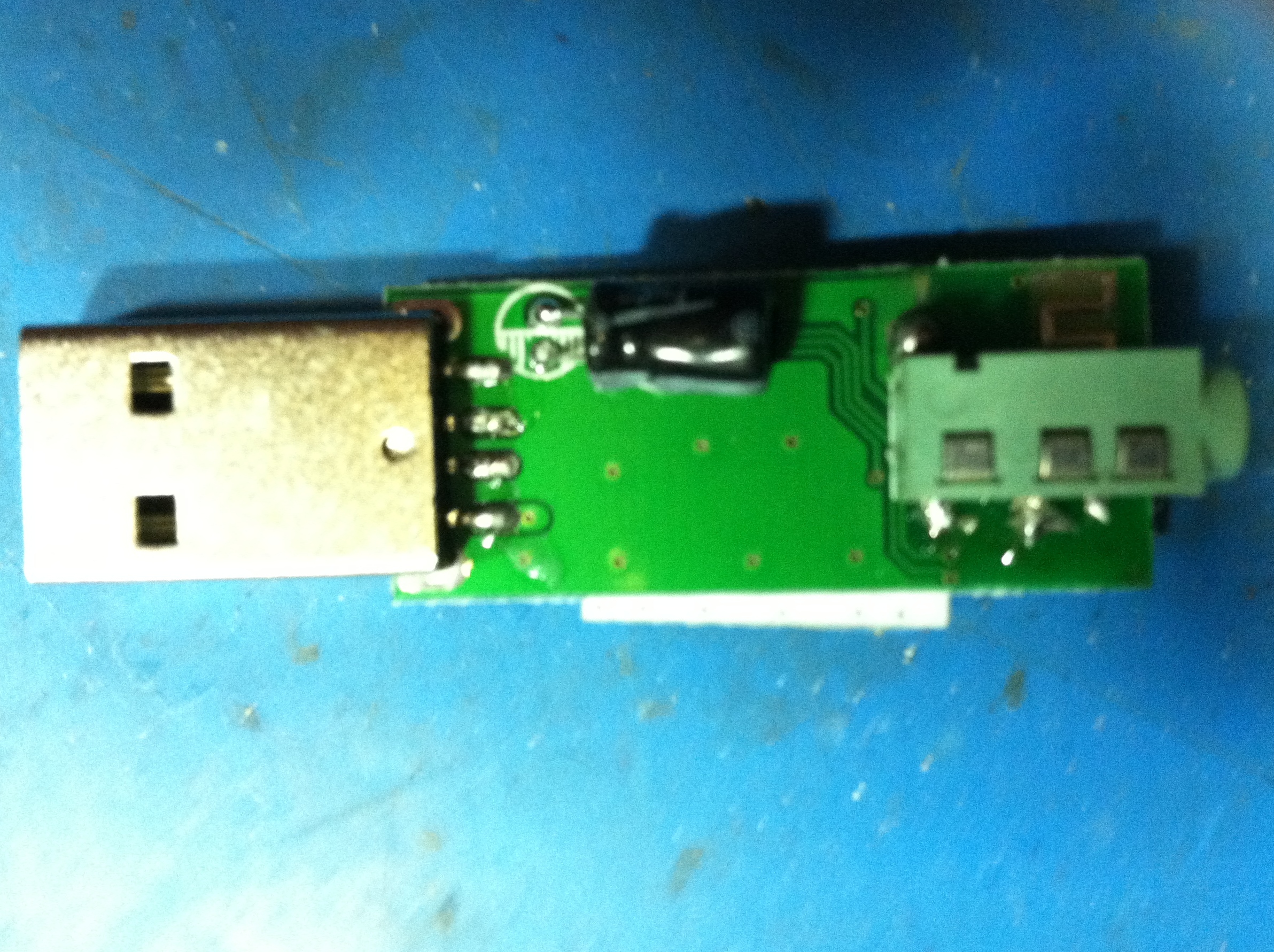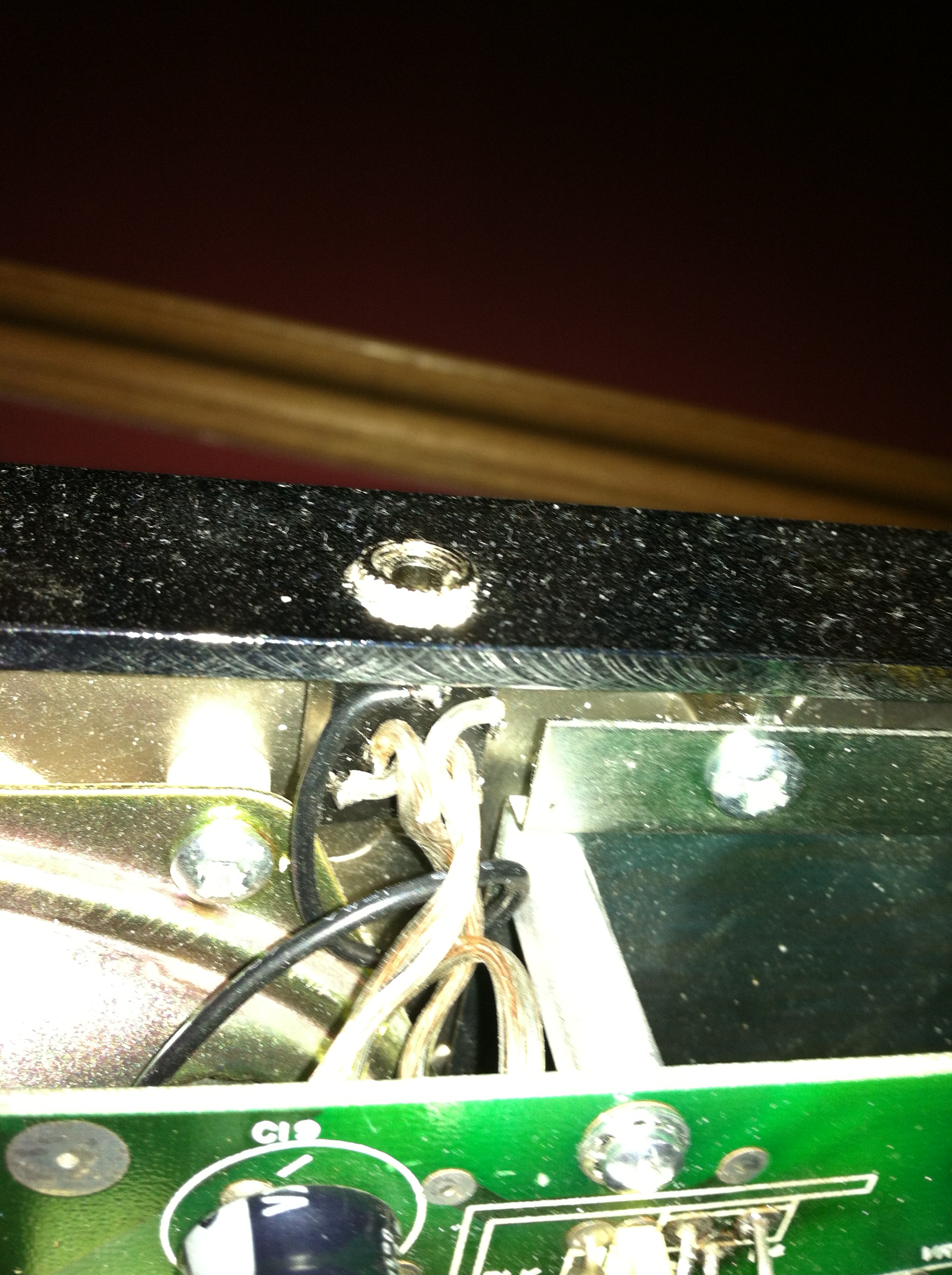My better half exclaimed "You finished something" when I told her Whitenoise was in the Google Play Store. She's used to my projects getting only so far before a new one takes over my attention. My try at Android App creation likely would have fizzled out if I had not found a motivation a few months ago to keep it going...
A few years ago I ran across an Android Development tutorial post on my favorite site hackaday.com and I was interested. Last year I finally decided to give i a try. By that time the tutorial was out of date and I had a lot of trouble getting everything installed until I found my way to the android developer site (getting started).
The development environment is pretty easy to use once everything is set up (eclipse, Android SDK and ADT Plugin). It's set up to create a working "Hello World" app every time you create a new android application with no coding required. There's even an "Android Virtual Device" which is a mini-smart phone that pops up on your screen to run your app on. You can even plug a droid into the USB port and download the app directly to it for debugging. Of course I had issues, but a quick Google search found someone with the same problem and and a solution.
I didn't make much progress until I found an amazing tutorial series by thenewboston. All of the tutorials are 5-10 minutes long so its easy to follow along and quick to replay when I missed something.
After a few months, I felt myself losing interest since I didn't have a motivation. We were on a trip and my wife had trouble sleeping because it was too quiet and every little noise woke her up. I pulled up a white noise app on my phone, but it stopped after a couple of minutes. That's when it hit me that I could make a white noise app myself instead of just installing another one for free.
Finally motivated I set to work. I had lots of stops and starts going down each path until finding that something didn't work that way, or I didn't like the results. I had to figure out how to generate white noise continuously instead of stopping after a couple of minutes. Then I had to handle some of the different lifecycle states the app has to handle when turning the phone from portrait to landscape, hitting the back button or when a phone call comes in. Then I wanted to add some pizzazz since the user interface was pretty simple so I decided to add an analog clock face and a slider to dim the display when you are sleeping.
Finally the app was complete and it was time to put it in the play store. This required a little Marketing (Ahhhhh!). Rudimentary by any standards, but I'm an engineer so it took a few days to come up with a passable description, some screen shots and a web page (required to publish an app in the play store).
In the end the app provided the motivation to create a website (openloopengineer.com) and start a blog, Two things I've wanted to do for the past couple of years. Hopefully motivation to expand the website and post to the blog will continue.
Thanks for reading


















